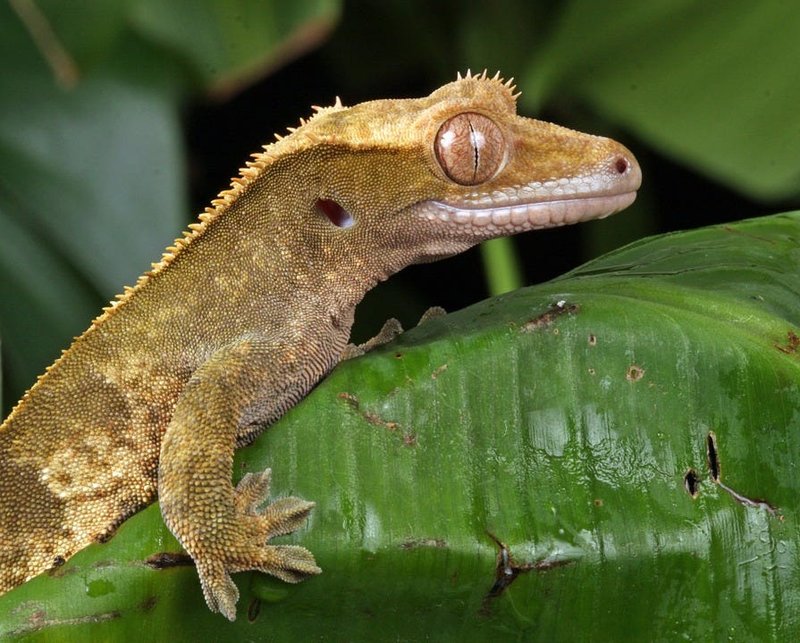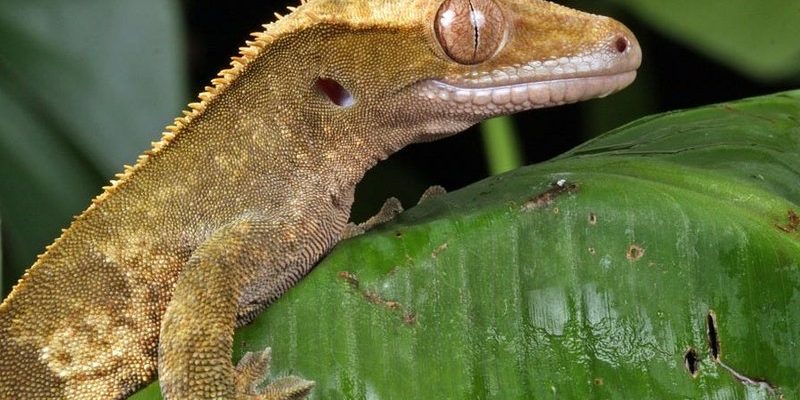
Geckos can be found on every continent except Antarctica, and they’ve adapted to so many different habitats, from deserts to rainforests. Their adaptability is nothing short of remarkable, which makes them a compelling subject for anyone curious about nature’s innovative designs. So, grab a cup of coffee, and let’s explore the cool adaptations that help geckos stay alive and kicking!
Sticky Feet: The Secret to Climbing
One of the gecko’s most impressive features is its sticky feet. Have you ever tried to climb a wall? It’s not easy, right? But geckos seem to have a natural talent for it. Their toes are equipped with millions of tiny hair-like structures called setae. These setae create a unique adhesive effect, allowing geckos to stick to surfaces without using any sticky substances.
When you think about it, it’s like having superpowers. They can scamper up smooth walls or even hang upside down on ceilings with ease. Imagine being able to hop around without worrying about slipping! This adaptation allows geckos to escape predators and hunt for insects in places where other creatures might falter.
Interestingly, this trait has inspired scientists to explore new technologies. For example, researchers are creating adhesive materials that mimic the gecko’s feet, potentially leading to breakthroughs in medical devices or even construction. Talk about the power of nature!
Color Changing: A Master of Disguise
Another fascinating adaptation is the gecko’s ability to change color. This isn’t just for show; it serves several purposes. Geckos can alter their skin pigmentation to blend into their surroundings, which helps them avoid predators. It’s like playing hide-and-seek, but they’re the ultimate champions!
By changing color, geckos can also regulate their body temperature. In sunny conditions, they might become lighter to reflect sunlight, while in cooler environments, they can darken to absorb heat. This clever trick helps them maintain their body temperature without needing to find a shady spot or bask in the sun constantly.
You might be wondering how they do this. It’s all about special pigments in their skin that respond to temperature and light. This adaptation not only enhances their survival but also adds an extra layer of intrigue to these little creatures.
Shedding Tails: An Escape Route
Ever seen a gecko drop its tail? It might seem shocking, but it’s a clever survival tactic known as called autotomy. When a predator grabs hold of a gecko’s tail, the gecko can shed it and make a quick escape. While the tail might look like it’s gone for good, geckos can regenerate a new one over time—although it may not be as perfect as the original.
This adaptation serves a dual purpose: it helps them escape danger and distracts predators. Just picture it! As the tail wriggles on the ground, the gecko can slip away unnoticed. It’s like a magician’s trick right out of a show!
The regenerated tail does come with its challenges. The new tail might not have the same function or appearance as the original, but it’s a small price to pay for survival. This feature is another testament to how nature crafts solutions for its inhabitants.
Dietary Flexibility: Eating Just About Anything
Geckos are opportunistic eaters, which means they’ll munch on just about anything they can catch. From insects and spiders to small fruits, their diet is quite varied. This dietary flexibility is a significant advantage, especially in changing environments where food sources can be unpredictable.
Think about it: if you could eat a variety of foods instead of just one thing, wouldn’t that make life easier? It opens up a world of possibilities! For geckos, being able to switch diets based on availability increases their chances of survival.
Some species even hunt at night, tapping into the nocturnal activity of insects. This nighttime foraging reduces competition with other daytime predators, showing how clever these reptiles really are. This adaptability allows them to thrive in diverse habitats worldwide.
Vocal Communication: More Than Just a Silence
Another unique trait of geckos is their ability to make sounds, which is unusual for reptiles. Many species use vocalizations for communication, especially during mating rituals or to establish territory. Their calls can range from chirps to barks, and these sounds help them attract mates or signal danger to others.
Imagine having a conversation with your friends but doing it through sounds rather than words. That’s how geckos interact with each other! This ability not only helps them find partners but also strengthens social structures within their populations.
It’s fascinating because these vocal adaptations show how geckos have evolved beyond mere physical survival skills. Social interactions can significantly impact their ability to thrive and reproduce, adding another layer to their adaptability.
Unique Physiological Traits: From Eyes to Skin
Geckos have some interesting physiological traits that contribute to their survival. For instance, they have adaptive eyelids—yup, you read that right! Unlike most lizards, geckos don’t have eyelids. Instead, a transparent scale covers their eyes, protecting them while allowing for vision. This feature is vital for maintaining eye health in their often dusty or hazardous environments.
Additionally, gecko skin is more than just a covering. It helps in water retention, making it easier for them to survive in arid climates. Some species can even absorb moisture through their skin, which is a fantastic adaptation for desert-dwelling geckos that face challenges in finding water.
These little details matter because they highlight how geckos have fine-tuned their bodies to suit their environments. Each adaptation plays a crucial role in helping them survive where many other creatures may not.
Geckos are more than just cute little lizards; they are a testament to the incredible power of adaptation. From their sticky feet and color-changing abilities to tail-shedding and vocal communication, these features showcase the many ways they’ve survived and thrived for millions of years.
Each trait isn’t just a quirk but a carefully honed skill that helps them navigate the challenges of their environments. Whether climbing to the highest branches or blending into the shadows, geckos embody resilience and cleverness.
Next time you spot one of these little creatures, take a moment to appreciate the amazing adaptations that keep them going. They’re perfect examples of nature’s ingenuity, reminding us that survival often comes down to clever solutions in the face of challenges.

